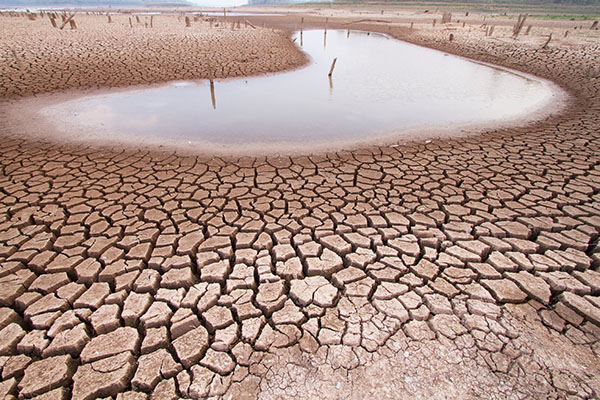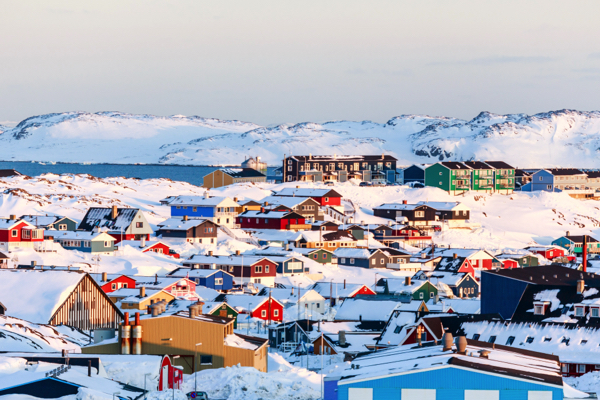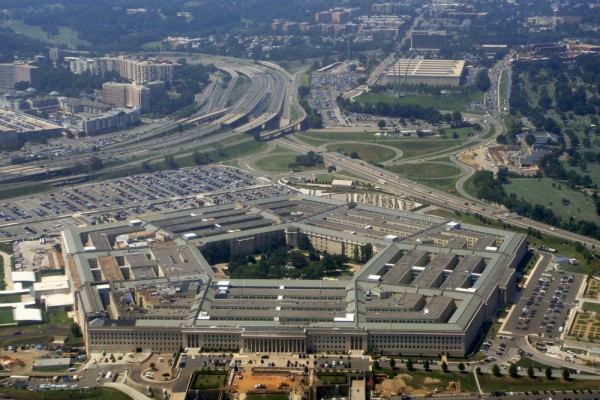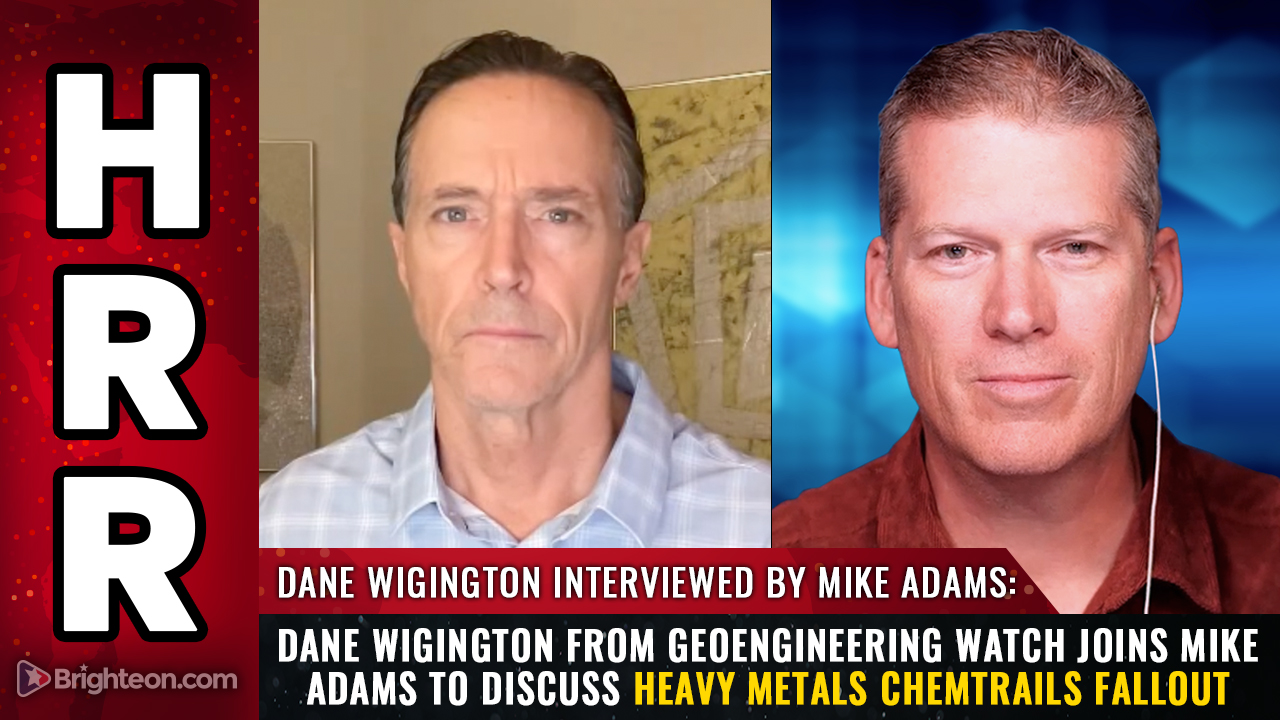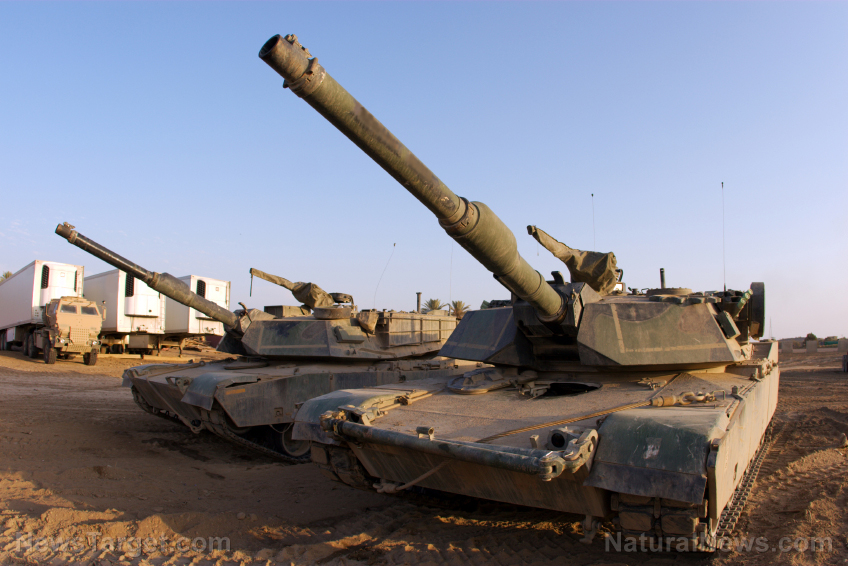- Reid A. Bryson and Thomas J. Murray argue in "Climates of Hunger" that climate shifts have been a critical yet often overlooked factor in the rise and fall of civilizations. They propose that environmental changes, such as drought, significantly influenced the decline of powerful civilizations like Mycenae.
- The authors integrate climatological data with historical records to reveal a pattern of climate-induced societal changes. Their unique background as both climatologists and historians allows them to connect the dots between climate and civilization in a way that highlights the work of other pioneering climatologists.
- The book examines several historical events, including the migration of the Hittites, the decline of the Harappan civilization, and the impact of the "Little Ice Age" on Europe and North America. These case studies illustrate how climatic fluctuations, such as cooler temperatures and droughts, led to crop failures, famines and social unrest, often resulting in the collapse of societies.
- Bryson and Murray use the 1970s as a critical case study to show how extreme weather events, such as droughts and floods, had a profound impact on food production and economic stability.
In the annals of history, the fall of empires, the rise of new powers and the great migrations of peoples are often attributed to wars, political upheavals and economic shifts. However, a compelling argument is emerging that suggests a more subtle, yet powerful force has been at play: climate. In their book "
Climates of Hunger: Mankind and the World's Changing Weather," Reid A. Bryson and Thomas J. Murray present a fascinating exploration of how climate shifts have influenced the rise and fall of civilizations, offering a new perspective on historical events that have long puzzled scholars.
Bryson and Murray, both climatologists with a deep understanding of human history, argue that climate has been a hidden but crucial factor in shaping the course of human civilization. They begin their journey by examining the fall of Mycenae, a powerful civilization that dominated the Aegean and Mediterranean seas over 3,000 years ago. Historians have long debated the reasons behind its sudden decline, often pointing to invasions or internal strife. However, Bryson and Murray propose a different explanation: drought. They contend that
a shift in weather patterns led to severe droughts, which crippled the Mycenaean economy and ultimately contributed to its collapse.
The authors extend this thesis to other significant historical events. They connect climate shifts to the migration of the Hittites, the decline of the Harappan civilization in the Indus Valley, and numerous other instances where environmental changes played a critical role. By integrating climatological data with historical records, Bryson and Murray reveal a pattern of climate-induced societal changes that have been overlooked or misunderstood.
One of the strengths of "Climates of Hunger" is its interdisciplinary approach. Bryson and Murray are part of a small but growing group of generalists who possess both the technical training of climatologists and a deep understanding of human history. This unique perspective allows them to connect the dots between climate and civilization in a way that few others can. They highlight the work of other pioneering climatologists, such as Pall Bergthorsson, who reconstructed the history of sea ice around Iceland, and Gordon Manley, who calibrated old thermometers to create a temperature record dating back to the 17th century. These scientists are like detectives, piecing together clues from the past to reveal
the story of Earth's changing climate.
The 1970s serve as a critical case study in the book. During this decade, the world experienced a series of extreme weather events, including droughts, floods, gales and freeze-ups. These events had a profound impact on food production, leading to price inflation and even bankruptcy in some African nations. Bryson and Murray argue that these climatic events were not random occurrences but part of a larger pattern that people need to understand. They point out that the world’s population has been growing rapidly, and mankind's ability to produce enough food to feed everyone is increasingly dependent on a stable climate. The "Green Revolution" of the late 1960s, which seemed to offer a solution, has been challenged by the unpredictable nature of the climate.
The authors explain how small changes in temperature can have far-reaching effects. They discuss the concept of "climatic fluctuations" and how even minor deviations from the "normal" climate can lead to lower crop yields. They emphasize that climate is not a static backdrop to human history but a dynamic force that can change rapidly and significantly. For example, they point out that the mid-20th century was not typical of the previous thousand years and was even less typical of the past million years.
One of the most intriguing parts of the book is the discussion of the "Little Ice Age," a period of cooler temperatures that lasted from the 16th to the 19th century. This period had a profound impact on Europe and North America, leading to
crop failures, famine and social unrest. The advance of glaciers in the Alps and the expansion of sea ice in the North Atlantic were visible signs of this climatic shift. Bryson and Murray also highlight the impact of the Little Ice Age on the Norse colonies in Greenland, which ultimately led to their demise. The cooling climate made it impossible for the colonies to sustain themselves, leading to starvation, disease and eventual abandonment.
The book concludes with a sobering look at the future. Bryson and Murray warn that Earth's current climate, which mankind often take for granted, is not guaranteed to remain stable. The authors call for a new kind of "critical, self-aware prophecy" that takes into account the lessons of the past and the realities of the present.
In "Climates of Hunger," Bryson and Murray challenge readers to think differently about the past and to prepare for the future. By understanding the intricate
relationship between climate and civilization, people can better navigate the uncertainties of the future and make informed decisions that will benefit generations to come.
Watch this video about Reid A. Bryson and Thomas J. Murray's book "Climates of Hunger: Mankind and the World's Changing Weather."
This video is from the
BrightLearn channel on Brighteon.com.
Sources include:
Brighteon.ai
Brighteon.com
 Parler
Parler Gab
Gab